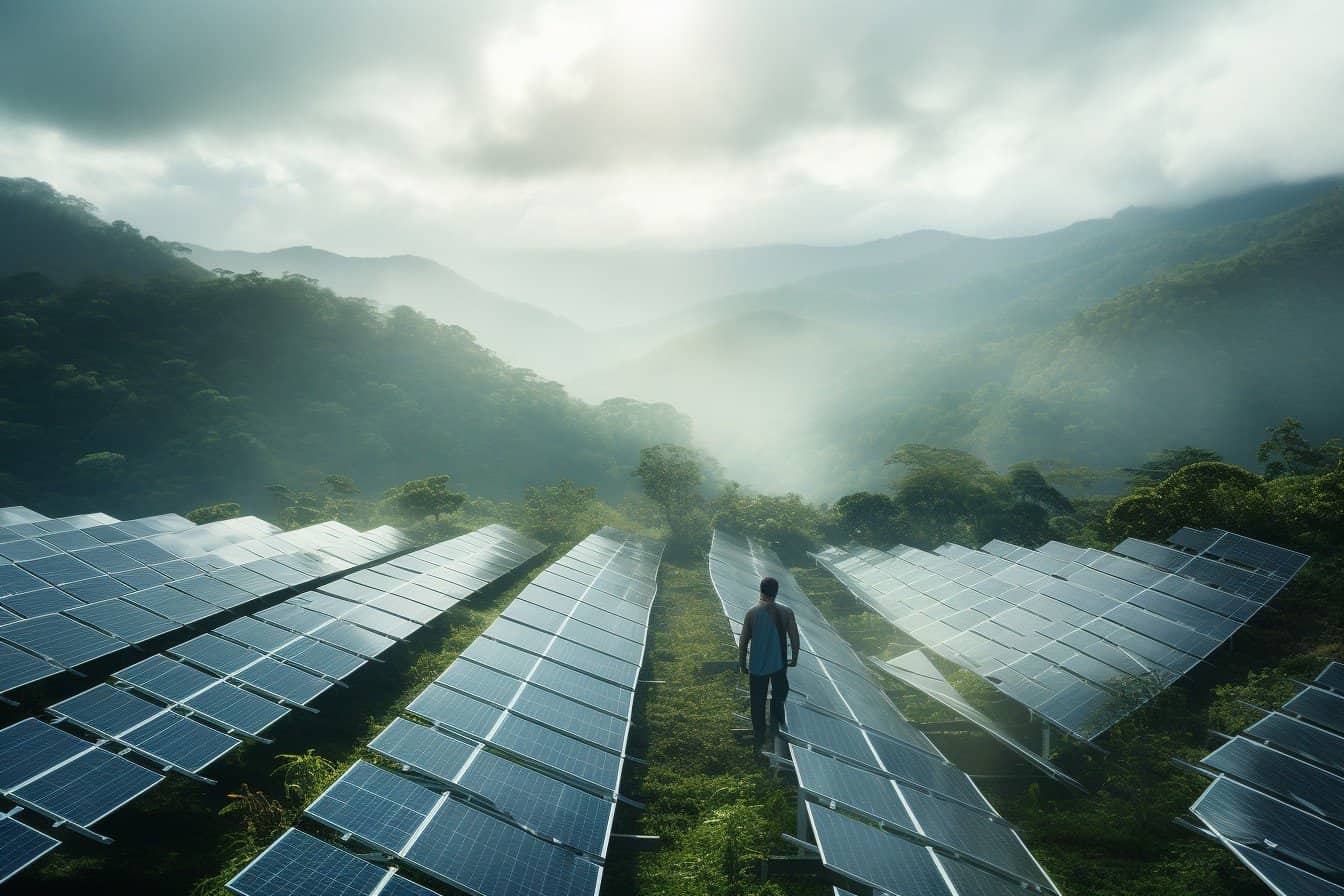The Costa Rica’s renewable energy contribution is projected to drop to 93% between 2023 and 2025, primarily due to decreased rainfall.
In December 2022, technicians from the Costa Rican Electricity Institute (ICE) observed reduced levels in their reservoirs. These reservoirs, critical to hydroelectric plants, store water for energy production during periods of low rainfall and diminished river flows.
Although the El Niño climate phenomenon, known for reducing rainfall, had not fully manifested in the region by that time, it became prominent by June. Since then, there has been a noticeable decrease in rainfall.
This reduction has led to diminished river flows and hydroelectric power generation. Consequently, the reservoir levels are lower, leaving less stored water to power the electricity-generating turbines in these plants.
It’s noteworthy that hydroelectric, wind, and geothermal energies are clean sources as they don’t necessitate fuel burning. In 2022, Costa Rica impressively generated over 98% of its energy from these sources, positioning itself as a global frontrunner in sustainable energy production. Roberto Quirós, ICE’s Electricity Manager, mentioned that while other countries have ambitious targets of 60%, Costa Rica’s achievements have set it apart.
However, due to the impact of El Niño and the country’s stagnation in expanding its renewable matrix in recent years, the renewable energy contribution is expected to decline to 95% in 2023 and further to 93% by 2024.
By summer 2025, to meet its energy needs, Costa Rica may have to activate most thermal plants. Nonetheless, by winter that year, it’s anticipated that the rainfall deficit will begin to correct itself, restoring the reservoir levels and river flows.
Despite the slight decrease, Quirós believes that 93% remains a commendable achievement. Yet, he suggests that this reduction indicates potential areas of improvement, particularly highlighting the lack of investment in new or enhanced renewable energy sources over the past four years.
The ongoing El Niño event has also introduced variability in wind patterns, affecting wind power generation. To fulfill national energy demands, ICE has activated its thermal plant in Garabito de Puntarenas, recognized not only for its minimal environmental impact but also for being among the most efficient in Central America.

